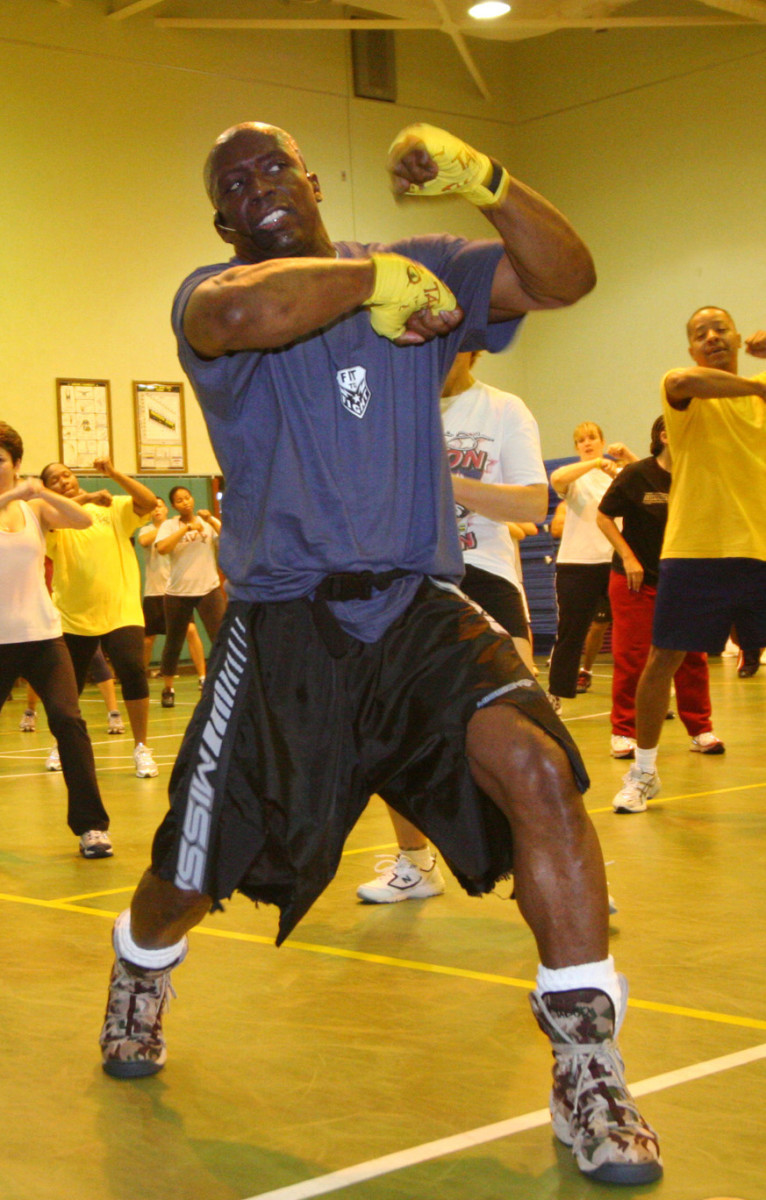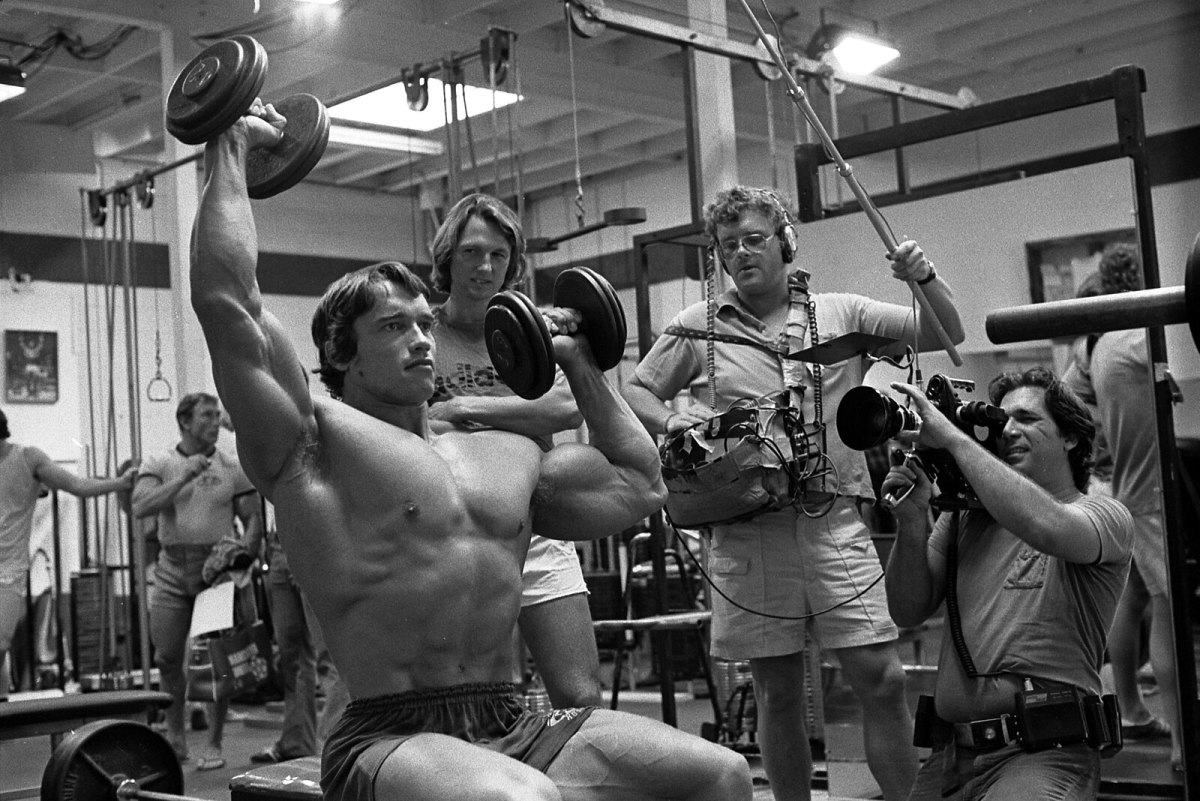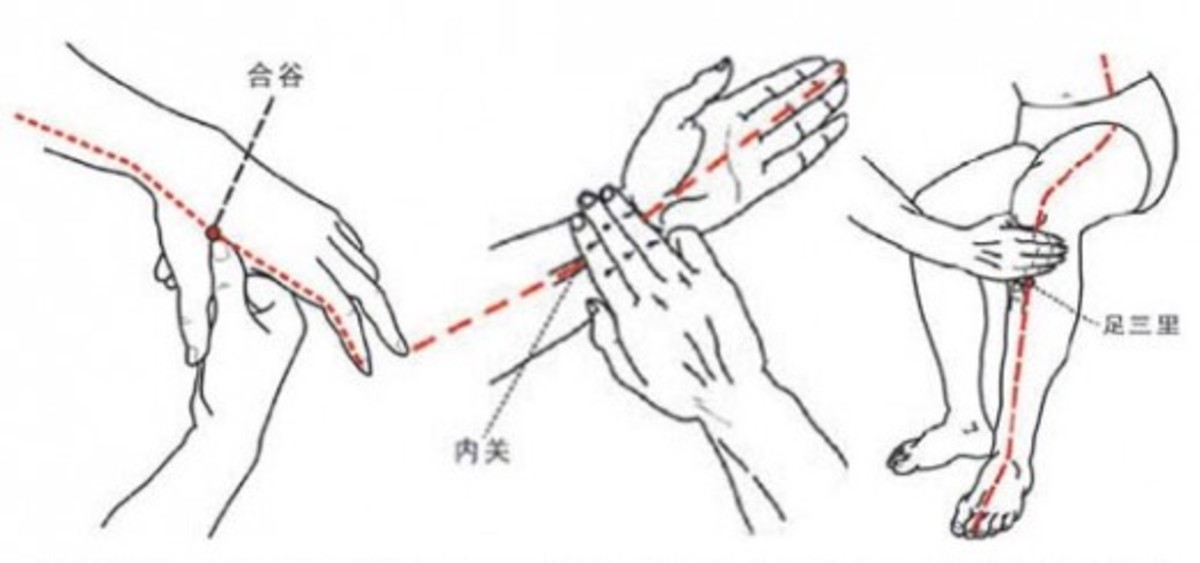Strength Training for Healthy Aging

To guard against age-related diseases we need to maintain healthy habits and part of those habits is exercise.
As we age so do our muscles and bones. The muscles can shrink over time and lose their power and strength.
Our bones can become thinner because we lose calcium and other minerals. As well joints become stiffer and we become less mobile and flexible.
The fluid in our joints can thicken which causes the cartilage to rub together and wear away. All this can lead to arthritis and an increase in bone breaks and fractures.
One of the best ways to stave off the deterioration of our bones and muscles is weight-bearing exercises. It is inexpensive and safe for all ages.
Also called strengthen training, this form of exercise can improve mobility and balance, increase muscle mass and build stronger bones.
In order to maintain your weight, strength training at a moderate intensity should be an integral part of your fitness program.
One set of 8 to 12 repetitions of eight to ten exercises at least two days a week is the recommended minimum.
A basic strength training program should include bench press, lat pulldown, overhead press, bicep curl, tricep pulldown, squat, leg extensions, leg curl, and abdominal crunch.
To see how these exercises are done, check out the video below.
Weight Training Workout for Seniors & Beginners
Strength Training Has Advantages In Addition To Muscle Growth
If you desire a broad back and muscular biceps, lifting weights is the obvious choice.
You might be shocked to hear, though, that it works for a considerably broader range of fitness goals.
Only about a quarter of all adults in the United States exercise on a regular basis.
Even fewer include strength training in their daily routine. If you identify with this description, you're missing out on more than just bigger muscles.
Including resistance training in your workouts will help you achieve more impressive results in less time.
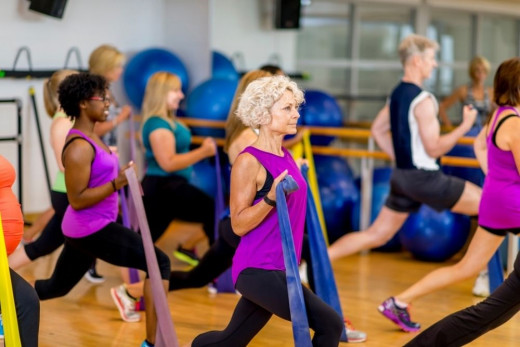
Strength Training Has 7 Little-Known Benefits
1. Take care of your heart.
When it comes to heart-healthy exercises, aerobics may come to mind first, but strength training is also beneficial.
This is because it aids in the reduction of belly fat, which contributes to inflammation and other health problems.
2. Take steps to lower your blood pressure.
Hypertension raises your risk of stroke and heart disease, and it typically comes with no warning signs.
Physical activity, together with any medicine prescribed by your doctor, can help you stay within a safe range.
3. Get in shape.
Even while you're sitting on the couch, muscle burns more calories than fat. You may find it easier to drop additional pounds if you avoid eating more.
4. Avoid falling.
You'll be more stable on your feet if you improve your balance and posture.
Weight-bearing workouts also expand your bones, so even if you slip, your injuries may be less serious.
5. Increase your adaptability.
Lowering weights has the same effect on your body as static stretches. This increased flexibility relieves stress and allows you to move more freely.
6. Boost your energy levels.
When you lose weight and learn to use your body more efficiently, daily tasks become easier.
It might be easier for you to keep up with your children and grandchildren now.
7. Improve your general health.
Exercising has been shown to be equally helpful as antidepressants in some patients.
You'll likely feel happier and calmer, and you may even be able to reverse cognitive deterioration linked with aging.
No Equipment Exercise
Starting Strength Training
1. Comply with the directions.
Lifting weights can be safe if you follow a few easy guidelines.
Study appropriate forms and choose workouts that are less likely to cause injury by working with a trainer or watching videos.
2. Take things slowly at first.
Begin with small weights and gradually increase as your body adapts. As a general rule, you should only increase your load by 10% or less at a time.
3. Lift a lot of weight.
At the same time, using the biggest weights you can comfortably hold will help you progress faster.
That usually signifies you'll be able to finish your last repeat just barely.
4. Be open to new experiences.
Work your muscles in a variety of ways.
Use free weights and machines, as well as bodyweight exercises like pushups and dips, to see what works best for you.
5. Take vacation days.
During the time you spend resting in between sessions, your muscles actually expand.
This could imply relaxing or engaging in other activities such as hiking or swimming.
6. Change your way of life.
Along with your physical activity, develop healthy behaviors.
Consume a well-balanced diet and get at least 8 hours of sleep each night.
Managing stress and cultivating mutually supportive relationships are two of the most important things you can do.
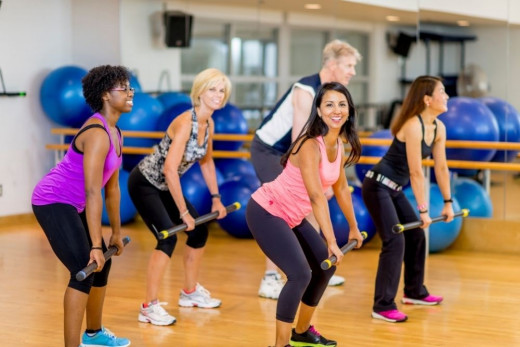
Strength Training
Strength training as well as other forms of exercise that require us to support our own weight not only build and strengthen our muscles and bones but also slows the aging process.
More importantly, it doesn't matter at what age we start doing this form of exercise.
It is only important that we start and as well continue a regular exercise program each week.
The good news is that research has found that when older adults work out using strength training exercises, at the appropriate intensities, they can have similar gains in their strength and power as younger adults.
How hard should you be working out?
The American College of Sports Medicine recommends 8 to 10 exercises working the major muscle groups of the body for 8 to 12 repetitions for two to three days per week.
Evidently, you will be able to see changes in your strength in as little as four to six weeks.
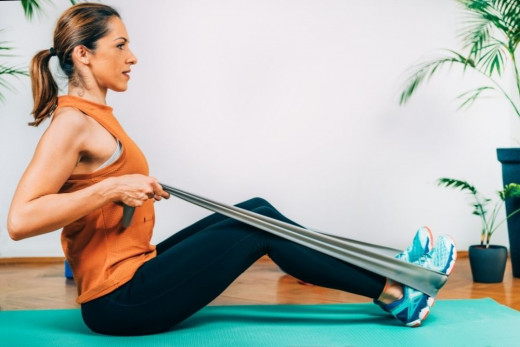
Water Exercises
Even though exercises performed in the water do not provide the same bond-building effects that lifting weights or using bodyweight on dry land, water still provides a great workout.
Regular swimming and water aerobic classes will build endurance, muscle strength, and cardiovascular fitness.
If you suffer from arthritis then exercise should be an integral part of a treatment plan.
Water therapy has become very popular with arthritis patients because the warmth of the water soothes their bones and joints.
The buoyancy of the water reduces strain on already aching joints.
According to studies conducted at the Mayo Clinic, exercising in the water has tremendous benefits including aerobic fitness, muscular strength and endurance, flexibility, and better balance.
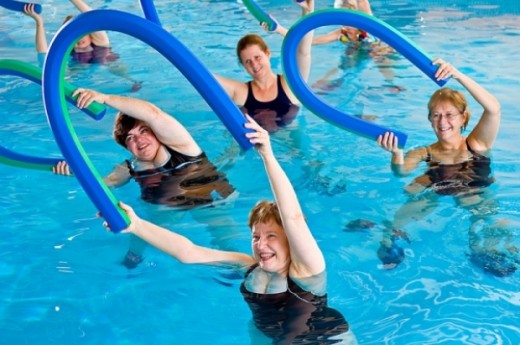
Books on Weight Training


Strength training not only gives you a toned body, but it also gives you a lot more.
Take care of your body and mind with a comprehensive fitness program that will enable you to live a long and active life.
Strength Training Links
- Cardio versus Strength Training & Weight Lifting Exercises at womenshealthmag.com | Women\'s Hea
The pros and cons of cardio versus weight lifting: Which is better for you? Find Out at womenshealthmag.com - Resistance Training Benefits, Types, Techniques and Programs on eMedicineHealth.com
Get information about resistance training techniques, programs, benefits, types, common training injuries and strength training workout tips. - Strength Training for Older Adults
Older people can maximize their quality of life by keeping fit and mobile through physical activity. Although individuals tend to lose muscle mass and strength with age, research suggests that even very old individuals can increase their strength. - Exercise for Beginners - Strength Training
Beginner's guide to strength training, exercise, health and fitness from your About.com Exercise Guide - Strength Training
Is working out with weights safe for teens? The best way to build muscle tone and definition is to combine aerobic and flexibility exercises with the right kind of strength training. - The Power of Strength Training for Older Adults
As people age they can lose a great deal of strength and muscle mass. This can affect their day to day functioning. Older adults who who are losing muscle mass and are inactive have an increased risk of disability, falls and diseases such as diabetes


